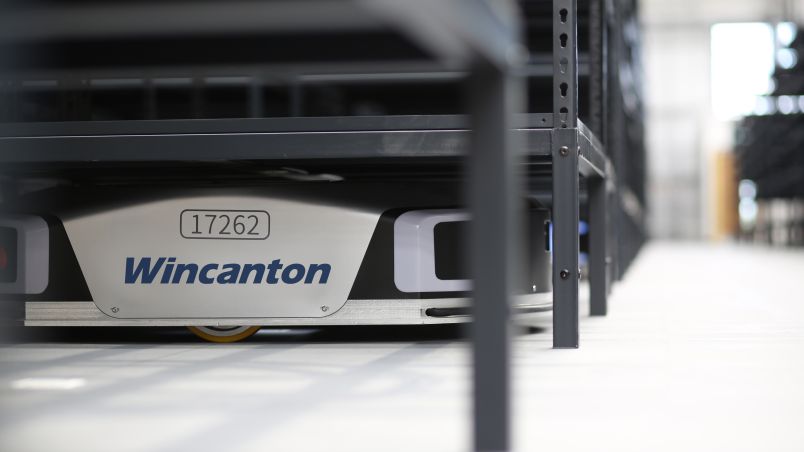
Our Managing Director of Grocery and Consumer, James Hurrell, talks about why dark stores and a new approach to eCommerce offerings are essential for the ‘new normal’.
This year’s Christmas peak is set to provide a glimpse into the future for grocery retailers across the UK. The COVID-19 pandemic has accelerated growth in the sector, with the major outlets having to adjust to consumer behaviour that has leapt forward - with online and home delivery forecasts being pushed forward by more than two to three years.
Shoppers across the UK have been altering their habits over the past few years. Although eCommerce has been developing as the ‘new normal’ for some time, its grip on supermarkets has not been as tight as it has been in the wider retail market. But, lockdowns (both national and local), social distancing measures and guidance around face coverings have all impacted consumer experience, reducing the appeal of (and in some cases ability to) visit physical stores.
Because of this, grocers need to review and optimise their networks and operations to better serve an increased proportion of their customers. Options such as dark stores, micro-fulfilment centres and more robust online operations are no longer optional extras, they’re an entry-level requirement.
2020: the year of online grocery shopping
According to Mintel, online grocery shopping in the UK is set to grow by around 33% by the end of 2020, reaching an estimated value of £16.8 billion. From a cynical view you could write this off as a false estimate due to necessity over choice during April and May, but Kantar found that online grocery shopping was up 77% year-on-year in through August and into September – despite the government-backed ‘Eat Out to Help Out’ initiative. We believe that this trend has crystalised into a permanent change – with further acceleration forecasted in lockdown 2.0.
Across the board the supermarket giants have noticed the surge in demand. In Q1, Tesco’s overall eCommerce sales rose by 48% year-on-year (peaking at a 90% increase in May alone); while Sainsbury’s enjoyed a 136% boost in June. This indicates a lasting shift, rather than a short-term boom (Retail Week).
An exciting future
The impact of this during peak season will be significant. Christmas 2020 is the first major spike facing grocers in the ‘new normal’, but the effects of COVID-19 and Brexit that will reach into 2021 may be greater tests.
Pop-up fulfilment centres are a solution for the short-term, but a move towards large dark stores is the ultimate solution, particularly in urban areas with large volumes of deliveries. Wincanton has expanded into this space recently by partnering with Waitrose.com to open a fulfilment centre in West London to serve its online consumers. This is a major shift for both businesses, with Waitrose reacting to clear trends in the market and Wincanton using its expertise and experience in eCommerce to provide a solution that suits changing consumer behaviour; in the process becoming the first UK 3PL to run such an operation.
This is an exciting vision into the future of UK grocery logistics. Large facilities designed to increase efficiency and improve experience are a logical step for grocers that have been using methods such as in-store picking to fulfil online orders alongside traditional activity.
For the major supermarkets to be all things, to all consumers, in all channels, there needs to be a mixture of different methods. Dark stores are among the most efficient ways of serving densely populated areas with large volumes of deliveries, but hybrid approaches such as in-store picking on traditional shop floors can make sense. Equally, repurposed retail and/or logistics facilities could provide ideal bases for home delivery or click-and-collect networks, especially if drops in footfall continue through 2021.
One thing that is certain though is the need for robust supply chains and facilities that are ready for potential disruption. Collaborating with logistics providers or even direct competitors is making more and more sense in a landscape that’s changing quickly. From shared distribution networks through to partnerships with businesses that have clear mutual benefits, collaboration is creating first-mover advantage opportunities.
As we’ve seen through the COVID-19 pandemic, nobody can truly go it alone; both in everyday life and business. There’s a massive opportunity for all of the actors in the grocery supply chain to partner in new ways and position themselves to thrive in a new landscape.




